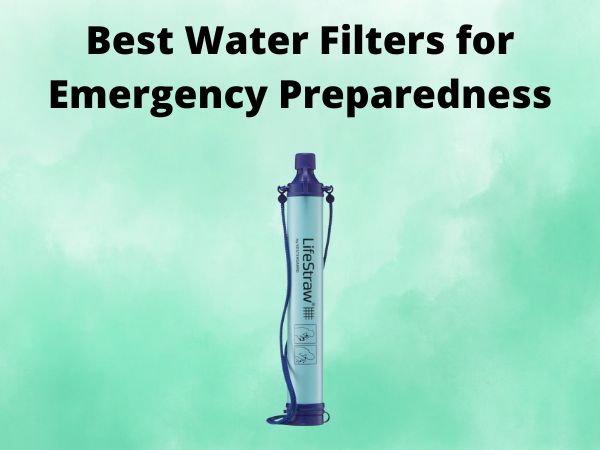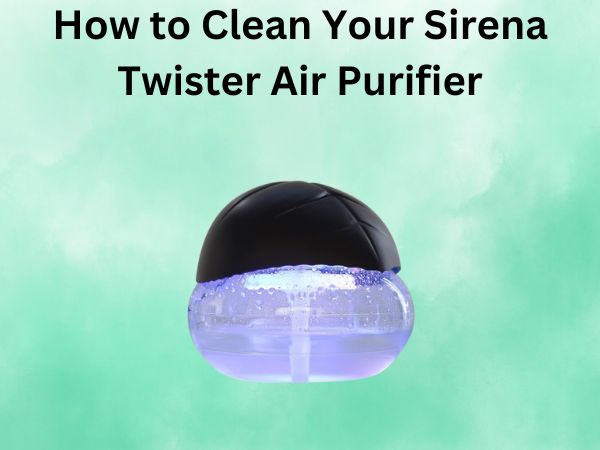How to Fix an Ice Maker Leaking Water
We’ve all been there—excited to grab a glass of chilled water, but the ice maker, your most reliable kitchen buddy, suddenly decides to leave a puddle on the floor. Is your ice maker feeling a bit “under the weather”? Let’s unravel the mystery behind the leaks and fish out some practical solutions.
Table of Contents
1. Identify the Source of the Leak
Before you jump into fixing mode, it’s crucial to determine where the water is coming from. Is it an internal leak within the ice maker, or is the issue external, like a loose hose? Spotting the source will act like a compass guiding you through the right path of repairs.
1.1 Check Around the Appliance
Look around the ice maker and check under the refrigerator for pools of water. Detecting the location may just unveil the underlying problem.
1.2 Inspect the Water Supply Line
Does your ice maker have a water line? It might be your culprit. Ensure the connection is tight and free from any kinks or holes.
2. Common Causes of an Ice Maker Leak
Understanding what typically causes leaks can be your map to fixing them. Ice makers, like any other appliance, have their own set of quirks and issues that can cause them to leak water.
2.1 A Clogged or Frozen Defrost Drain
This little drain is the unsung hero that often goes unnoticed until it clogs or freezes. When blocked, water backs up and can leak onto your floors.
2.2 Faulty Water Inlet Valve
The inlet valve controls the flow of water into your ice maker. If this goes haywire, it can cause leaks or even stop the ice maker from functioning altogether.
2.3 Misaligned or Stuck Ice Maker Parts
Sometimes, parts of the ice maker just get stuck or misaligned due to usage or simple wear and tear. A part in the wrong position can lead to water spillage.
3. Step-by-Step Fixing Guide
Now that we’ve identified potential causes, let’s dive into the solutions. Follow these steps, and your ice maker will be back to its non-dripping self in no time.
3.1 Unplug and Empty
Safety first! Unplug your ice maker to prevent any electrical hazards. Empty the ice bin to allow ease of access during repairs.
3.2 Clear the Clogged Drain
Use warm water and a plastic tube to gently remove any blockage from the defrost drain. It’s like giving your ice maker a nice, warm bath!
3.3 Replace the Water Inlet Valve
If a faulty valve is the issue, this part will need replacement. Before you embark on this adventure, always check your refrigerator’s manual for guidance specific to your model.
3.4 Realign Any Misplaced Parts
Virgin eyes on your ice maker can sometimes miss the obvious. Check if any components within the ice maker have drifted from their natural position and move them back into place.
3.5 Tighten Water Supply Connections
Tug gently at connections and tighten them if needed. A loose connection can rival Niagra Falls, creating an unending torrent of inconvenience.
4. Prevention Tips to Keep Your Ice Maker Drip-Free
Why stop at fixing? Let’s dive into prevention, because an ounce of prevention is worth a pound of cure.
4.1 Regular Maintenance
Check hoses, connections, and drains periodically. It’s like having regular check-ups to ensure everything is running smoothly.
4.2 Monitor Water Pressure
Avoid over-pressurizing your system which can lead to leaks. You can use a water pressure gauge to monitor and keep it in check.
4.3 Install a Leak Detector
Consider investing in a leak detector. It’s like having a security system, sounding the alarm at the first sign of a problem.
4.4 Keep the Ice Maker Level
Ensure the ice maker is level to prevent water from pooling within the machine, a simple adjustment that can prevent big issues.
Conclusion
Your ice maker doesn’t have to be the “Achilles heel” of your kitchen. By understanding where leaks typically originate and how to fix them, you’re well on your way to a dry, safe kitchen environment. Remember, regular maintenance and timely intervention can keep your ice maker in tip-top shape, granting you all the ice you need without the unwanted swimming pools on your floor.
FAQs
1. How do I know if my water inlet valve is defective?
Look for signs like water leakage, the ice maker not filling, or unexpected noises. Any of these symptoms might indicate a faulty inlet valve.
2. Can household tools unclog a blocked defrost drain?
Yes, using a plastic tube and warm water can often resolve minor clogs. Avoid using sharp objects that can cause damage to the components.
3. How often should I check my ice maker for potential leaks?
A monthly check is usually sufficient and can help you catch minor issues before they escalate into costly repairs.
4. Are ice makers prone to leakage with age?
Just like any appliance, ice makers can experience wear and tear over time, making regular maintenance crucial to prevent leaks.
5. Can I use a general appliance repair service for ice maker issues?
While general repair services can help, it’s often beneficial to consult specialists familiar with the nuances of ice makers for effective troubleshooting.


